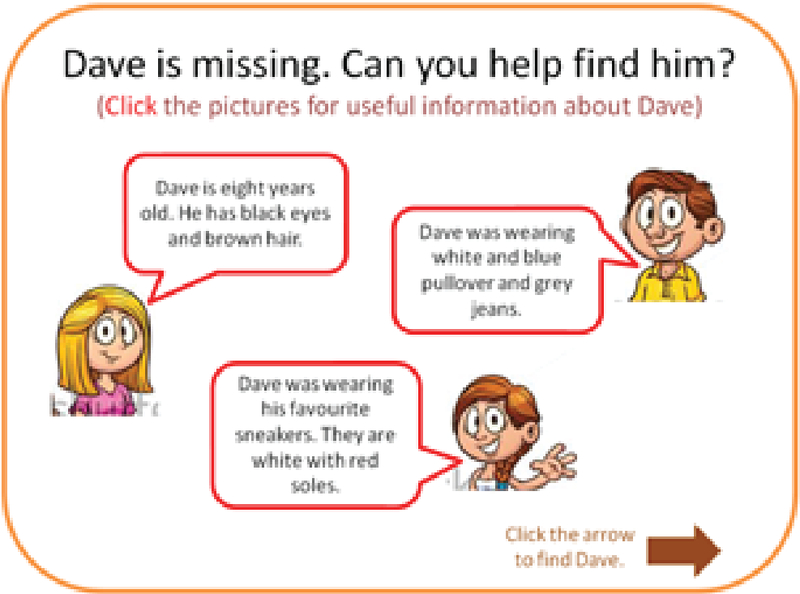Old Software, New Purpose: Exploring PPT for Interactive Language Learning
DOI:
https://doi.org/10.18502/kss.v1i3.767Abstract
Microsoft PowerPoint (PPT) has frequently been used in language classes to present texts, pictures, animation, audio, and videos. The presentation software is extremely popular because it is available in most computers, easy to use, and supports multimedia. Yet it is seldom used to create instructional materials and media that allow language learners to be active and that encourage them to be more independent learners. The paper aims to stimulate language teachers to scrutinise the software to rediscover its potentials for language learning. The features provided in PPT allow language learners to explore, provide and record responses, and to receive feedback while they are in slideshow mode. In this paper, four PPT features – animations, ActiveX, hyperlinks, and pointer options – are explored in atypical manners and examples of language learning activities are presented to give language teachers ideas of what this old software can do to support language teaching and learning.
Keywords: interactive activities, Microsoft PowerPoint (PPT), multimedia, animations, ActiveX, hyperlinks, pointer options
References
C. Chapelle, “Multimedia CALL: Lessons to be learned from research on instructed SLA,” Language Learning and Technology, vol. 2, no. 1, pp. 21–39, 1998.
C. A. Chapelle and J. Jamieson, Tips for teaching with CALL: Practical approaches to computer-assisted language learning, Pearson Education, Inc, New York, 2008.
D. L. Fisher, “Using PowerPoint for ESL teaching,” The Internet TESL Journal, vol. 10, no. 4, 2003, http://iteslj.org/Techniques/Fisher-PowerPoint.html.
J. Frommer, (2006). Wired for sound: Teaching listening via computers and the world wide web. In R. P. Donaldson and M. A. Haggstrom (Eds.), Changing Language Education Through CALL (pp. 67-93). New York: Routledge.
P. Hubbard, (1987). Language teaching approaches, the evaluation of CALL software, and design implications. In W. F. Smith (Ed.), Modern Media in Foreign Language Education: Theory and Implementation (pp. 227-254). Lincolnwood, IL: National Textbook Company.
R. Mayer, (2005). Introduction to multimedia learning. In R. E. Mayer (Ed.), The Cambridge Handbook of Multimedia Learning (pp. 1-16). New York: Cambridge University Press.
C. Meskill, “Listening skills development through multimedia,” Journal of Educational Multimedia and Hypermedia, vol. 5, no. 2, pp. 179–201, 1996.
B. Susser and T. N. Robb, “Evaluation of ESL/EFL instructional web sites,” in New perspectives on CALL for second language classrooms, S. Fotos and C. M. Browne, Eds., pp. 279–295, Lawrence Erlbaum Associates, Publishers, Mahwah, New Jersey, 2004.
J. Sweller, (2005). Implications of cognitive load theory for multimedia learning. In R. E. Mayer (Ed.), The Cambridge Handbook of Multimedia Learning (pp. 19-29). New York: Cambridge University Press.
X. Wang, “Accomplishing more with less: An innovative approach to the development of curriculum-based courseware. In,” in Changing Language Education through CALL, R. P. Donaldson and M. A. Haggstrom, Eds., vol. 1, pp. 119–146, Routledge, Abingdon, 1st edition, 2006.

